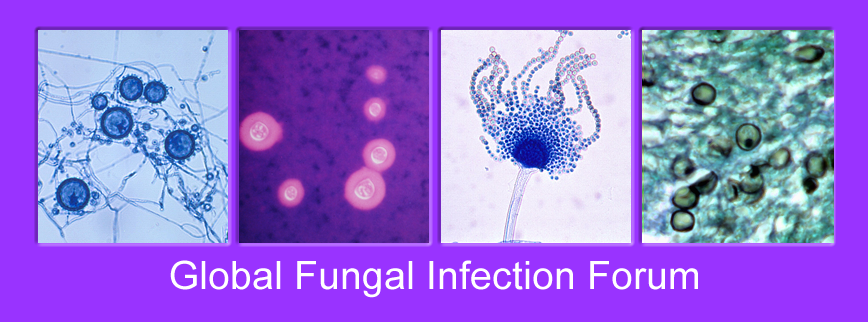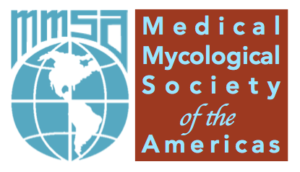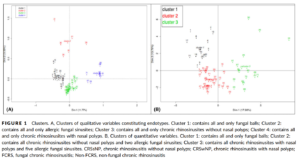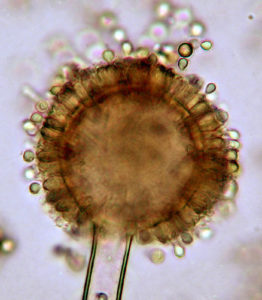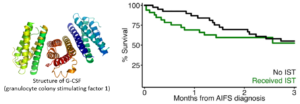Submitted by GAtherton on 10 July 2018
The global fungal disease
Invasive fungal infections are still particularly difficult to treat if not diagnosed early enough. This meeting concentrated on people living with HIV where patients who are first seen by a clinician frequently (1 in 3 patients) already have advanced fungal disease. In those circumstances, outcomes for the patient are often poor. If appropriate diagnostics were available it might be possible to improve on that number.
This meeting was aimed at discussing which diagnostic tests are most suited to use in the developing world where expertise and funding can be limiting, and providing a consensus to inform authorities which tests should be included in the World Health Organisation Model List of Essential In Vitro Diagnostics (EDL). The EDL lists those diagnostic tests that are best suited to use in the developing world and therefore should be made available for clinicians in those countries.
Diagnostic tests for Aspergillosis that were recommended to be included in the list were:
- Aspergillus IgG detection to diagnose chronic pulmonary aspergillosis in TB patients
- Therapeutic monitoring of itraconazole and voriconazole to help ensure efficacy and prevent the development of pathogen resistant to each drug
Professor David Denning presented the case for the detection of galactomannan (GM) to be added to EDL for the diagnosis of acute invasive aspergillosis (IA). It is estimated that over 300,000 individuals develop IA per year and these carry a mortality rate of 30 to 95%. HIV is a significant risk factor for IA.
Professor Malcolm Richardson reviewed the detection of Aspergillus IgG antibodies as valuable diagnostic markers for CPA and IgE antibodies for allergic bronchopulmonary aspergillosis (ABPA). CPA is thought to be a prominent sequela of TB which largely goes undetected until patients are the subject of life-threatening haemoptysis. New lateral flow devices are currently in development which may dramatically simplify IgG detection and enable rapid detection at the bedside.
News archives
-
Title
Date

